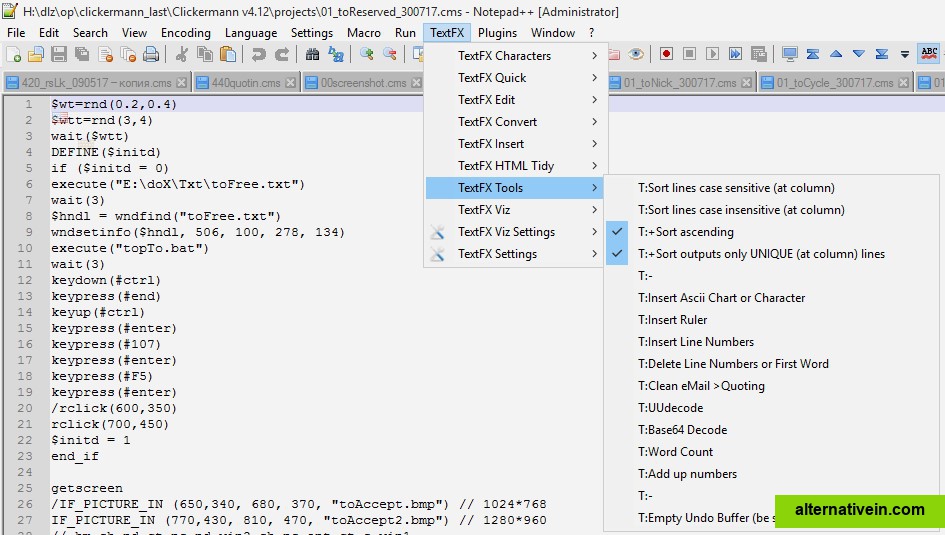

You'll also find a bunch of Windows commands in an article I posted in January.ĭo it quick, before you forget where you put your spare mouse. Microsoft provides a list of commands to open Control Panel applets.

While you have the file open, add all those commands you always forget about when you want to use Windows' command line to open a program or system tool. Type the keystroke combination of your choice (Ctrl-Alt-N is one possibility), and press Enter.īe sure to add your custom keyboard shortcuts to your shortcuts.txt file. Use the Tab and arrow keys to navigate to the Shortcut keyboard text box under the Shortcut tab. (Note that Shift-F10 opens this menu in some applications.) Program name: Notepad (Text editing) Notepad is default plain text editor of Microsoft Windows operating system.

One disadvantage of Notepad++ is that the. Press the context-menu-which is sometimes called the application key-and then type R. Sometimes when you write some simple code, you dont want to open that clunky IDE, just write it with Notepad++. If you need to create a custom keyboard shortcut to open Notepad, press the Windows key and use the arrow and Enter keys to navigate to the Notepad shortcut on the Start menu (All Programs > Accessories > Notepad). To move or resize the Notepad window (without using your mouse, of course), press Alt-spacebar, S, and then use the arrow keys to adjust the window size. Now open the file in Notepad and either make the Notepad window inconspicuous so it doesn't block your work apps, or keep it minimized and Alt-Tab to Notepad when you need to refer to the file. Save a list of keyboard shortcuts as a text file for easy access. Just be sure to use the ".txt" file extension and save the file to your desktop or some other location that's easy to access. Give the file a name-"shortcuts.txt" works for me. Press Ctrl-V to paste the plain text into a blank file, and type Alt-F, A to open the Save As dialog box. You can also open it by pressing the Windows key and R (if necessary), typing notepad.exe, and pressing Enter. Open Notepad by pressing the Windows key (or Ctrl-Esc) and N. You can then press the Activate button to make the shortcut active. The Create shortcut button will create a new shortcut file in your new folder, with the name of your chosen shortcut file. (That's one of the few shortcuts I can actually remember.) Once you have created your shortcut file, you can press the Create shortcut button in the shortcut.txt file’s header. Select all the text on the page from "General keyboard shortcuts" to just above "Other information." Press Ctrl-C to copy the text to the clipboard. The one Microsoft put together works for me. Start by finding a list of keyboard shortcuts. And you can do it all without grabbing your mouse.
How to fomrat in notepad++ shortcut how to#
Instead, I'll just tell you how to put all your keyboard shortcuts and Windows commands in a text file that you can open quickly via keystrokes, or keep minimized for even faster access. If I could remember any, I would begin this post with an anecdote about how wonderful a good memory can be.


 0 kommentar(er)
0 kommentar(er)
